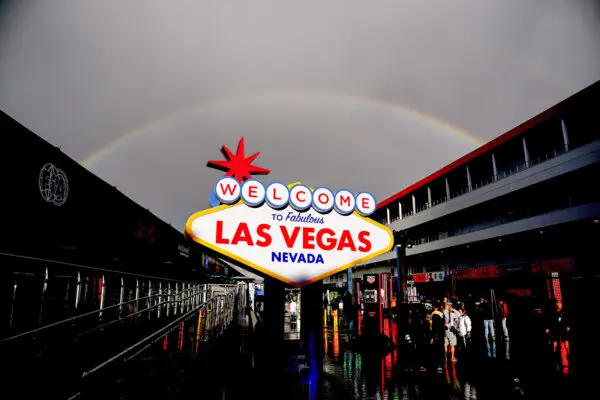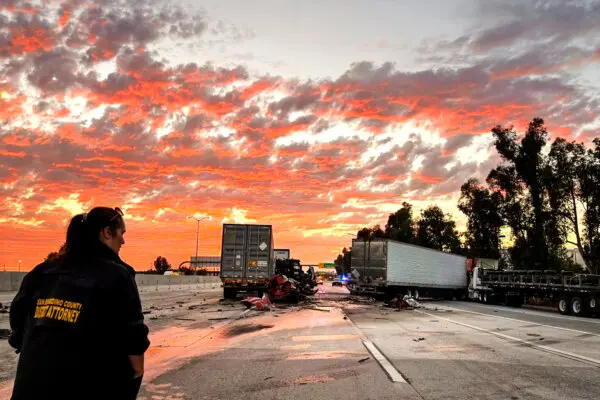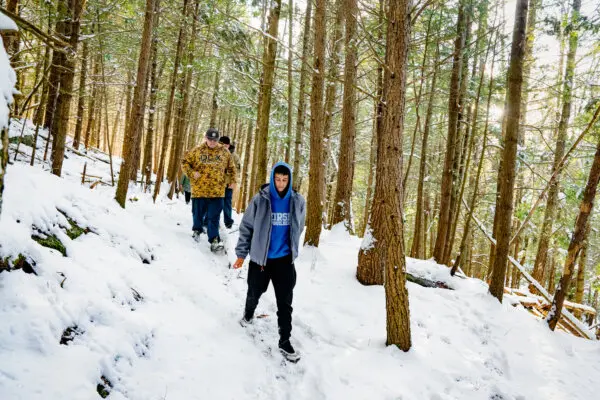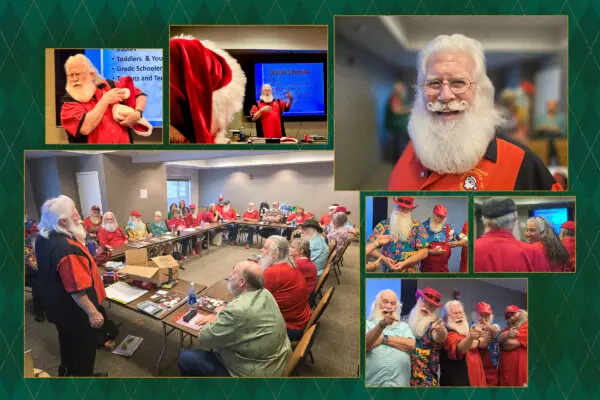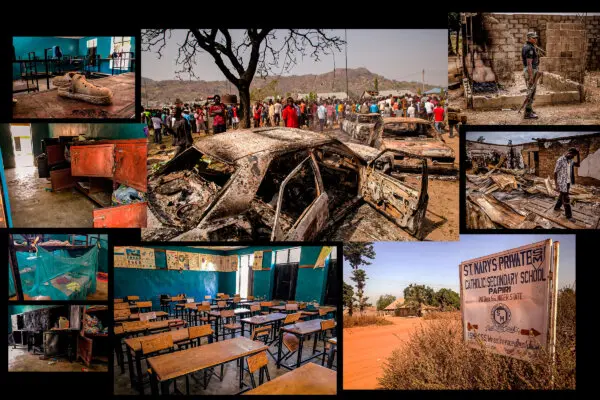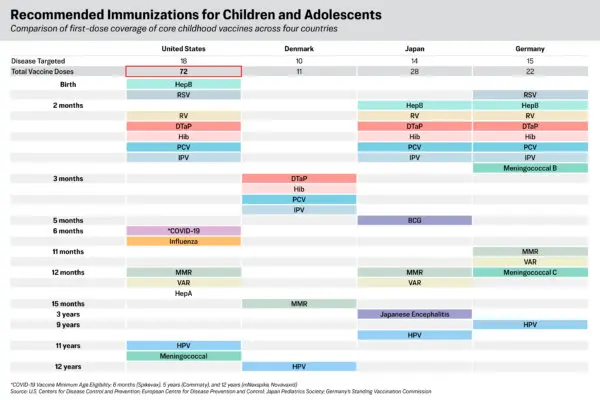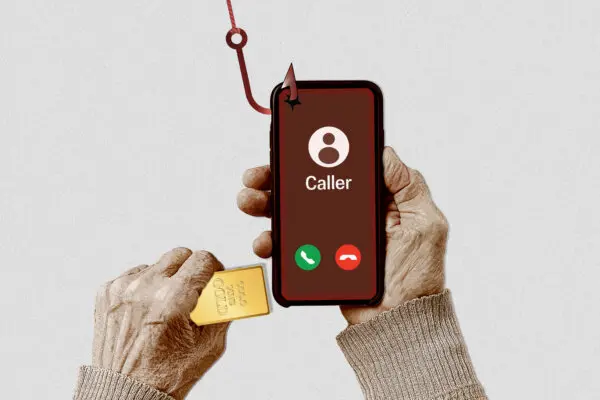It is, by several definitions, the crossroads of the world—the place where North America meets South America. It’s also home to a famous canal that brings together the Atlantic and Pacific oceans, perhaps the most vital link on earth for global shipping and supply chains.
When you approach Panama City from the water, a vertical metropolis appears: a shimmering line of white-and-glass skyscrapers rising from the edge of the ocean, like something from a dream. But the life of this city is down below, away from the towers, in neighborhoods charming and historic and bursting with energy. You'll have a very busy 24 hours exploring Panamá’s bustling capital.


